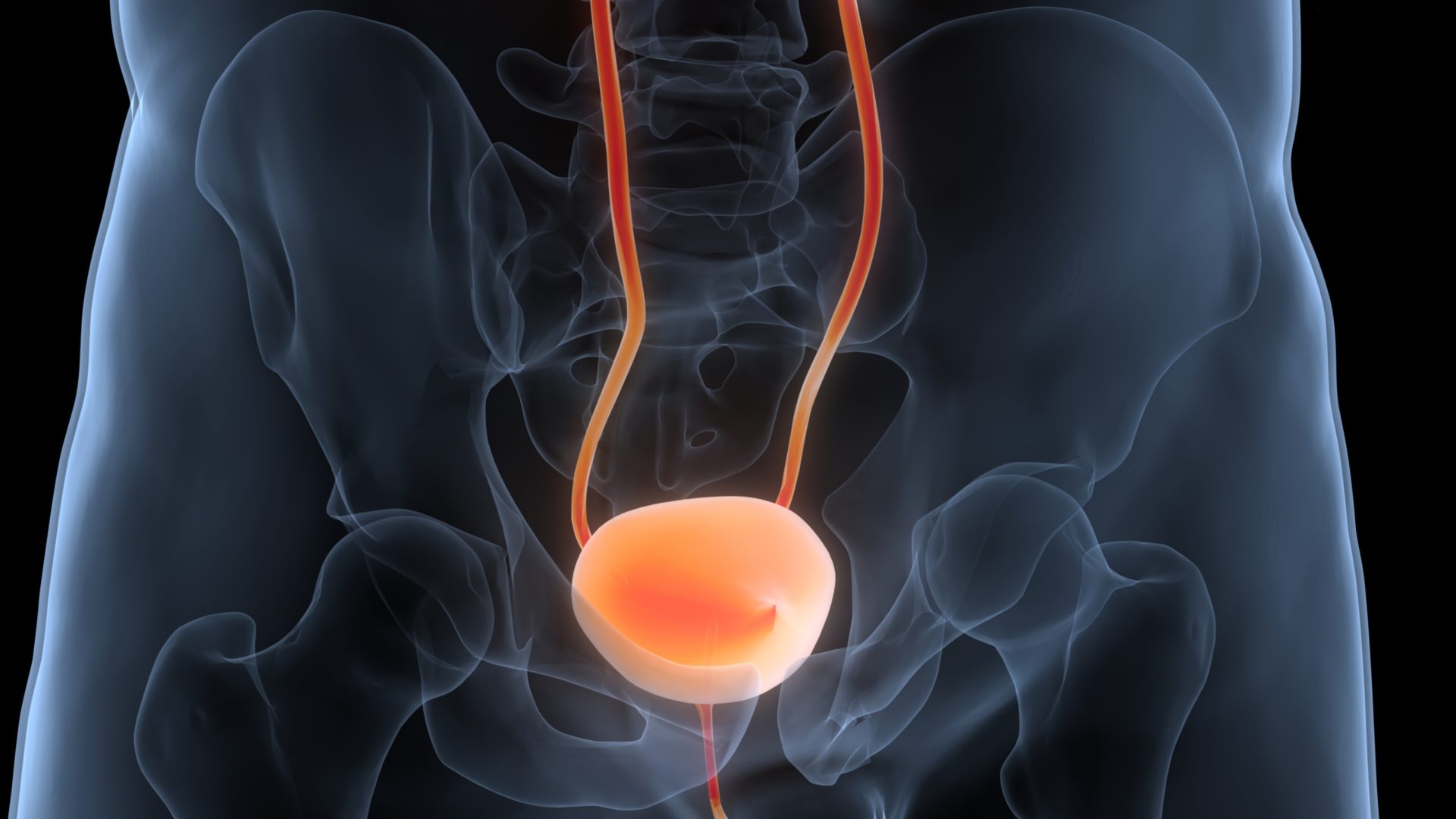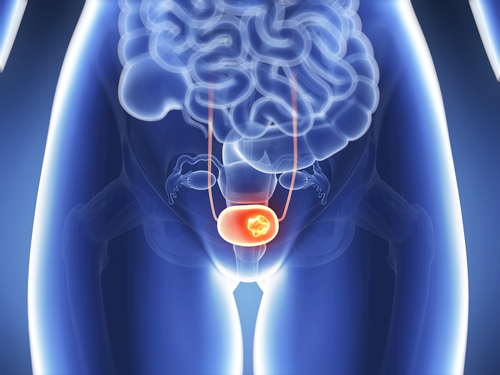A study sought to analyze the diagnostic efficacy of diffusion kurtosis imaging parameters and tumor contact length (TCL) in assessing clinical and radiological factors for preoperative prediction of muscle-invasive bladder cancer (MIBC). The results appeared in the European Journal of Radiology.
This study consisted of 97 patients who underwent 3.0 T MRI scan with propeller fast spin-echo T2WI, echo planar imaging diffusion-weighted imaging, and dynamic contrast-enhanced imaging. Interclass correlation coefficients, Kappa statistics, Kolmogorov-Smirnov test, Mann-Whitney U tests, chi-square tests, logistic regression analyses, Hosmer-Lemeshow tests, receiver operating characteristic curve analysis, and area under the curve (AUC) were all used for data analysis.
The results showed that the mean Kapp of the NMIBC group (0.62 ± 0.01) was significantly lower than that of MIBC group (0.79 ± 0.08). Also, the researchers observed that the mean TCL of the MIBC group (4.66 ± 1.89) was significantly larger than TCL of the NMIBC group (1.88 ± 1.50) (all p <.01). At the corresponding cut-off, the AUC of TCL, Kapp, VI-RADS and the combination of Kapp and TCL were 0.87, 0.92, 0.90, and 0.95, respectively. TCL and Kapp were identified as risk factors of BC muscle invasion in both the univariate and multivariate analysis, the researchers added. It was concluded that the combination of Kapp and TCL had the greatest AUC and highest accuracy between all parameters.
Keywords: Diagnostic efficacy, Diffusion kurtosis imaging, Neoplasm invasiveness, Tumor contact length, Urinary bladder neoplasms









